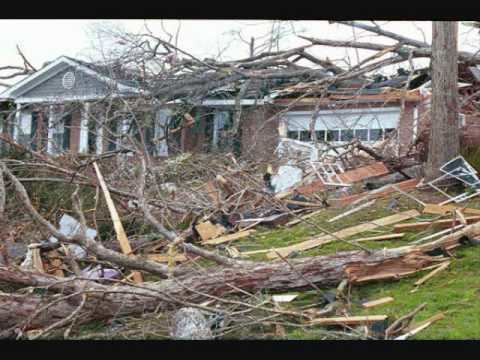Formed April 9, 1998 0320 UTC Casualties 1 fatality Start date April 9, 1998 | Max rating | |
 | ||
Damage $100 million (NCDC figures) Similar 1998 Gainesville–Stoneville tornado o, 1998 Kissimmee tornado o, 2008 Atlanta tornado o | ||
El nino impact on georgia 1998 dunwoody tornado happened during el nino
The Dunwoody tornado was a significant tornado that tore across the northern suburbs of metro Atlanta on April 9, 1998. It struck parts of the four most populous counties in Georgia: Cobb, Fulton, DeKalb, and Gwinnett. The most severe damage was in the Dunwoody area, where the storm reached a high-end F2 on the Fujita scale, making it one of the strongest and most damaging recorded to have hit that area.
Contents
- El nino impact on georgia 1998 dunwoody tornado happened during el nino
- 1998 dunwoody tornado top 5 facts
- Cobb and Fulton
- DeKalb and Gwinnett
- Aftermath
- References
The thunderstorm was part of a major outbreak that started in the south-central Great Plains on April 6. The particular supercell which produced it also spawned the tornado that ripped through western suburbs of Birmingham, Alabama just a few hours prior, on the evening of April 8. That storm was rated F5 and killed 32 people.
1998 dunwoody tornado top 5 facts
Cobb and Fulton
The first sighting of the tornado in the Atlanta area was just after midnight on April 9 near Smyrna, as the funnel cloud passed over the southernmost tip of Dobbins Air Reserve Base. Moving east-northeast, it quickly made its first touchdown at the Georgia Memorial Park cemetery, and then ripped much of the roof and upper level off of a woodframe strip mall, located on the west corner of Cobb Parkway (U.S. 41) and aptly named Windy Hill Road.
As the tornado crossed this intersection, it caught two Cobb police officers in their police cars, who were traveling south on Cobb Parkway. The officer in front sped through the storm to escape it, while the officer behind her followed and turned his light bar on, activating the vehicle's dashcam. This videotape from inside the tornado was later shown on television across the United States.
The tornado continued across the intersection, seriously damaging a Haverty's furniture store, knocking over the canopy at a gas station, and taking down a billboard. After crossing Interstate 75 at a weakened force, it passed over the Interstate North complex, a major office park full of high-rise buildings on the north side of the Cumberland/Galleria edge city, and home to The Weather Channel TV network.
Continuing at a weak level, it passed over the Cobb/Fulton county line at the Chattahoochee River, and very briefly did minor damage. At this point, the funnel lifted from the ground, while the still-rotating supercell traversed what is now the city of Sandy Springs. It was determined that this portion was about three miles or five kilometers long, and about 100 to 200 yards (90 to 180 meters) wide.
DeKalb and Gwinnett
The funnel passed directly over Atlanta's other major edge city at Perimeter Center, and after sparing the many high-rises there, the most severe part of the tornado began through Dunwoody. Its intensity increased to high-end F2 strength with winds up to 150 miles per hour (240 km/h), and its width to nearly a half mile (800m), damaging thousands of homes and downing tens of thousands of native pine and hardwood forest trees. Hundreds of homes had major damage, a few dozen were destroyed (or nearly so) and were condemned, and had to be completely rebuilt. Significant damage also occurred to the campus of Georgia Perimeter College.
The storm continued into Gwinnett, somewhat weakened again but still causing extensive damage in Peachtree Corners. The tornado touched down again one mile west of Norcross, skirting downtown and traveling parallel to Old Norcross Road at F2 status. It continued to Duluth, crossing the center of town and lifting briefly, taking shingles off the roofs of houses in downtown Duluth. Many more trees were snapped along Old Peachtree Road near I-85. The tornado finally weakened and lifted 5 miles north of Lawrenceville. The total length of this path was 19 miles (31 km). The current Norcross High School sits on land deforested by the tornado, and then purchased by the Gwinnett school board. In 2007, the county began seeking a grant from GEMA to help it reinstate a system of tornado sirens, beginning with eleven to be installed along the path of the 1998 tornado.
Aftermath
Like the 2008 Atlanta tornado that struck downtown Atlanta, this storm caused an estimated $250 million in damage. This was far more than the also well-remembered "governor's tornado" in March 1975.
